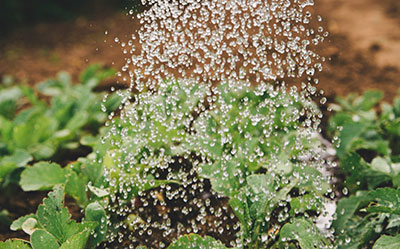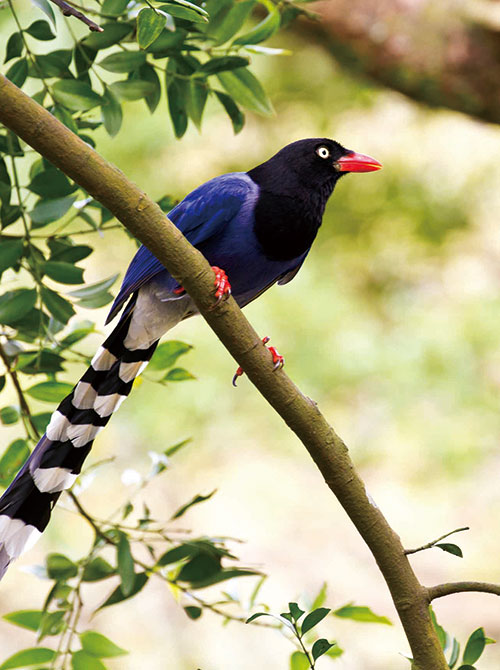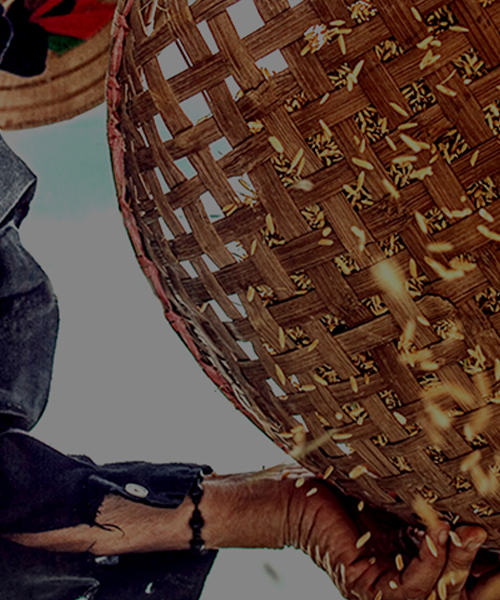The unforgettable taste of Chinese cabbages
- 2020-04-07
- 2020-04-07
- / 1766 Views
- /

The produce of greens is abundant in Taiwan. The sweet and crunchy Chinese cabbage is usually ranked top 1 among these winter vegetables for its nutrition and various ways of cooking. During the harvest season (December to March), consumers can enjoy fresh Chinese cabbages by stewing, stir-frying, marinating and making salad. The most common dishes are cabbages with dried shrimps, braised cabbages, baked cabbage with white sauce, kimchi or preserved cabbages. Poets and writers in the Tang and Song dynasties like to write about cabbage so it has played an important role in people’s life for a long time. People appreciate its taste, shapes and practical values and have it in the main or side dish.
Six thousand years of cabbage: its holy history
The crop, Chinese cabbage, originated from China and has been widely cultivated for more than six thousand years. Cabbage and rice were both important crops for ancient Chinese. Chinese cabbage was called “Song” (菘) in the Han dynasty (206 BC–220 AD) and had been vastly cultivated during the Spring and Autumn Warring States period (770-221 BCE). The name “Bai Cai”(白菜) was first used in the Yuan Dynasty (1279–1368 AD). In his book, Compendium of Materia Medica, traditional Chinese medicine physician Li Shizhen described cabbages “usually wither in late winter and was named as “Song” (菘) for growing all year round like pines (松). “Bai Cai”(白菜) literally means white vegetables.” He also recorded the medical usages of cabbages.
Chinese cabbages were introduced to Joseon Dynasty in the Ming Dynasty (1368-1644 AD) and then became the main raw material to make kimchi in Korea. The historical Korean drama “Jewel in the Palace” showed how Chinese cabbages were introduced to Korea.
Chinese cabbage is rich in vitamin A, C, Calcium and Manganese and is very good for skin care. Han Yu, a poet in the Tang Dynasty, wrote “thin strips of cabbages taste much better than tripe.” Su Tong Po, a poet in the Song Dynasty, wrote “cabbages taste as good as lamb and bear paws.”
Cabbages are mainly cultivated in Yunlin and Changhua County in Taiwan.
Chinese cabbage is a kind of cruciferous vegetables. It is a crop of cold and dry season and best suits temperate climate. The optimum temperature for growing a successful cabbage crop is 15-20℃, which is ideal to form heads and increase the tightness of leaves. Chinese cabbage can grow on a wide range of soil but prefers fertile, well-drained, and moist soil with rich organic matters. The main cultivation areas are Yunlin and Changhua counties. Cooler and higher areas such as Jianshi District in Hsinchu County produce high quality cabbages.
Organic Chinese cabbage
The soil shall be thick and fertile without chemical fertilizers and pesticide. Rotation enables less fertility-demanding crops or other plants to enrich the soil. Sandy soil with low ph is ideal to grow cabbages. To have easier management, greenhouse cultivation is better than outdoor cultivation.
Chinese cabbages can be planted on flat or high beds. However, high beds with good irrigation are good for drainage, air circulation and cultivation as well as prevention of soft rot and downy mildew.
Common varieties of Chinese cabbages in Taiwan
1. Chinese cabbages (heading)
This round-shaped variety has a small head. There are two kinds: Zhangpu (漳浦) and Binliu (濱綠). Zhangpu has thicker leaves and smaller heads. Binliu has thinner leaves and bigger heads. The sweeter flavor and crisp texture make these two varieties ideal for frying and stewing. The harvesting starts in mid-October and ends in March. Each head weights 0.7-1.5 kilograms on average. The main cultivation areas are Yunlin and Changhua counties.
2. Shandong Cabbage (semi- heading)
This oval-shaped variety has the biggest size and weighs 2-4 kilograms on average (up to 9 kilograms sometimes). Its firm texture is ideal for long-time cooking, like cooking in hot pot or making kimchi. The harvesting starts in November and ends in March. The main cultivation areas are Yunlin and Changhua counties.
3. Tianjin cabbage (non-heading)
This long-shaped variety has firm and crisp texture. The tender heart is usually preserved in the winter. The average weight is about 1.5-2 kilograms. This variety is mainly cultivated in Changhua County and starts to harvest from late October to February. People usually cook it with dried shrimps (開陽炒白菜) or preserve for the winter.
------------------------------------------------------------------------------
參考引用文章:
無農藥栽培的大白菜
https://blog.xuite.net/svfarms/svfarm1/580148479-%E7%B5%90%E7%90%83%E7%99%BD%E8%8F%9C%E7%B0%A1%E4%BB%8B%E5%8F%8A%E9%9D%9E%E8%BE%B2%E8%97%A5%E6%A0%BD%E5%9F%B9%E8%82%A5%E5%9F%B9%E7%AE%A1%E7%90%86
大白菜的維基百科
https://zh.wikipedia.org/wiki/%E5%A4%A7%E7%99%BD%E8%8F%9C
大白菜家族
https://food.ltn.com.tw/article/1311
有機白菜
https://www.itsfun.com.tw/%E6%9C%89%E6%A9%9F%E7%99%BD%E8%8F%9C/wiki-2902196-8718966




